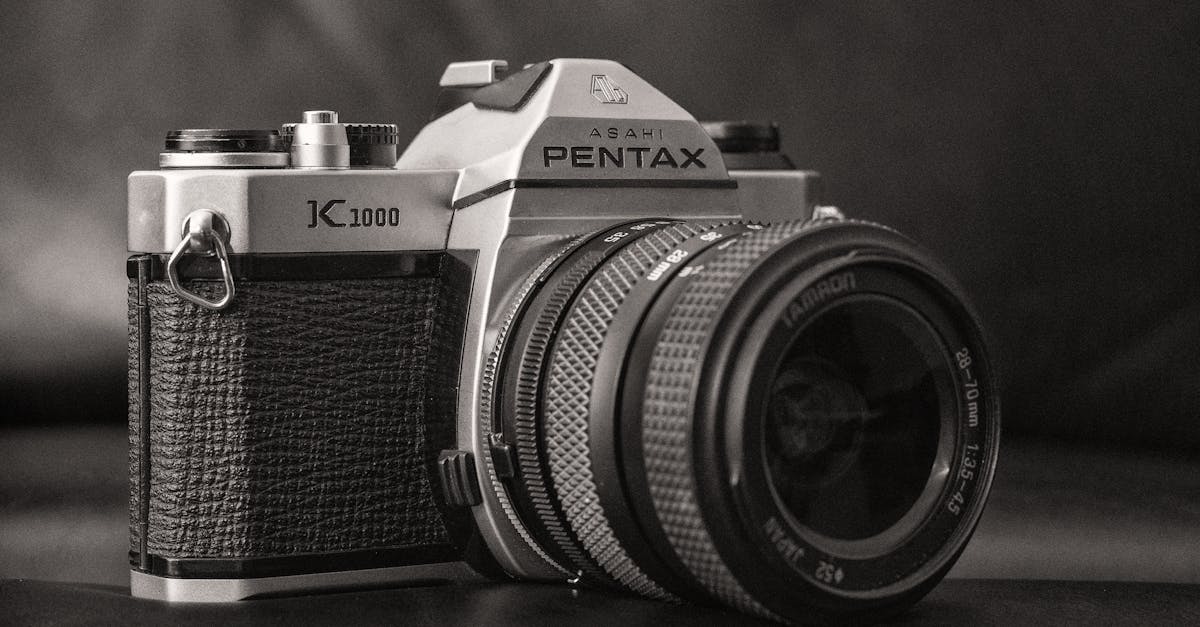How Self-leveling Sewer Cameras Work
2024-06-15
 Table Of Contents
Table Of ContentsTable Of ContentsUnderstanding the Technology Behind Crawler Sewer CamerasRegular Cleaning and Calibration
Applications of Selfleveling Sewer CamerasRegular cleaning and calibration are essential maintenance practices to uphold the image quality of sewer camera systems. Cleaning the lenses and sensors regularly ensures that any dirt, debris, or build-up does not interfere with capturing clear and detailed images. Calibration further optimises the system by fine-tuning the settings to maintain accuracy and precision in image capture. By adhering to a regular cleaning and calibration schedule, operators can significantly improve the overall performance of the system and extend its lifespan.
Software integration plays a crucial role in enhancing the overall capabilities of sewer camera systems. By incorporating advanced software, users can significantly improve the image processing capabilities of the system. This enables them to capture clearer and more detailed images, aiding in the identification of potential issues within the sewer infrastructure.
Furthermore, software integration allows for seamless data management and analysis. Users can efficiently store, retrieve, and analyse the captured images and videos, enabling them to make informed decisions regarding maintenance and repair activities. This streamlines the overall inspection process and ensures that any problems are addressed promptly, minimising the risk of potential sewer system failures.
Enhancing Image Processing Capabilities
Image processing capabilities play a crucial role in the overall performance of sewer camera systems. By enhancing the software integration within these systems, operators can significantly improve the quality and clarity of the images captured during inspections. Advanced image processing algorithms can help in reducing noise, enhancing contrast, and improving overall image resolution, providing more accurate and detailed information about the condition of the sewer pipes.
Moreover, the integration of artificial intelligence (AI) technologies into sewer camera systems can further enhance image processing capabilities. AI-powered algorithms can assist in automatically detecting and highlighting potential issues such as cracks, blockages, or corrosion within the pipes. This not only streamlines the inspection process but also increases the efficiency and accuracy of identifying sewer pipe defects, ultimately leading to better decision-making regarding maintenance and repairs.
Equipment Age
One crucial factor that significantly influences image quality in sewer camera systems is the age of the equipment being used. Over time, wear and tear can affect the performance of the camera, leading to a decrease in image clarity and overall quality. Older equipment may struggle to capture high-resolution images, resulting in grainy or blurry visuals that make it challenging to identify issues within the sewer lines accurately.
Moreover, outdated equipment may not be compatible with the latest technological advancements in image processing and enhancement. As a result, sewer camera systems with older equipment may lack the sophisticated features necessary to produce clear and detai
Proper Personal Protective Equipment (PPE) should always be worn when using crawler sewer cameras. This includes items such as gloves, safety goggles, and respiratory protection if working in areas with poor ventilation or potential exposure to harmful substances. Maintaining clear coEquipment age is a critical factor that significantly impacts the performance and image clarity of sewer camera systems. As sewer cameras age, their internal components may deteriorate, leading to decreased image quality. This deterioration can manifest as blurry images, distorted colours, or reduced resolution, making it challenging for operators to accurately assess the condition of sewer lines. Older equipment may also struggle to capture clear images in low-light conditions, further compromising the overall performance of the system.Common Issues with Selfleveling Sewer Camerasmmunication among team members during the inspection process is also vital to prevent accidents and respond effectively in case of emergencies. By prioritising safety measures, workers can confidently operate crawler sewer cameras while minimising risks to themselves and others.
technology allows plumbers to conduct thorough inspections of sewer lines and drainage systems with precision and efficiency. By incorporating crawler sewer cameras into their toolkit, plumbing professionals can offer more accurate diagnoses of issues, leading to quicker and more effective solutions for their customers.
The integration of crawler sewer cameras also provides plumbing businesses with a competitive edge in the industry. With the ability to identify problems such as blockages, leaks, and corrosion in pipes without the need for extensive excavation, companies can streamline their operations and reduce costs for both themselves and their clients. By investing in this innovative technology, plumbing businesses can showcase their commitment to quality service and stay ahead of the curve in meeting the needs of modern customers.
Incorporating Advanced Inspection Technologies for Better Service Delivery
Advanced inspection technologies are revolutionizing the way plumbing businesses deliver their services. By incorporating crawler sewer cameras into their operations, plumbers can provide more accurate and efficient inspections of sewer systems. These high-tech cameras allow professionals to pinpoint issues such as blockages, leaks, or pipe damage more effectively, saving time and money for both the service providers and their customers.